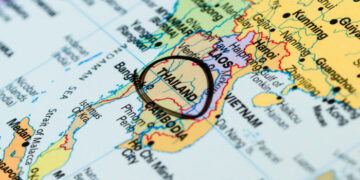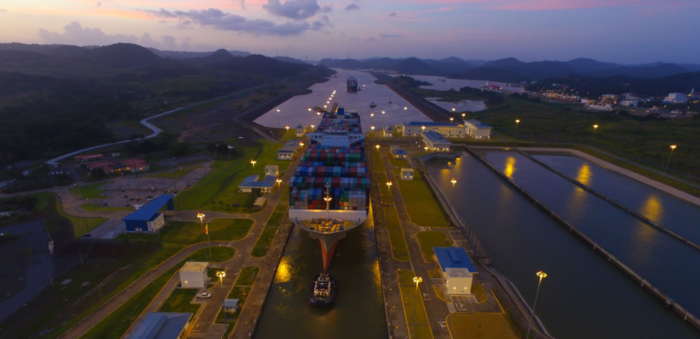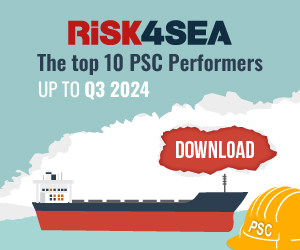The Panama Canal contributed to the reduction of 16 million tons of carbon dioxide (CO2) equivalent emissions in 2021, in comparison to the most likely alternative routes.
These savings, three million more than achieved in 2020, are equivalent to the amount produced by 3.2 million passenger vehicles driven in one year, or the carbon sequestered by 248 million tree seedlings grown for 10 years.
Last year, we launched the CO2 Emissions Dashboard … which has provided visibility to customers and stakeholders of the CO2 emission savings generated by choosing the Panama Canal route, as we move forward with initiatives to become carbon neutral
said the Panama Canal Administrator Ricaurte Vásquez Morales.
Containerships led the way in emissions savings of 5.2 million tons of CO2, followed by dry bulk carriers (2.5 million), chemical tankers (1.77 million), and liquefied petroleum gas (LPG) carriers (1.2 million).
The customers that registered the highest CO2 emission savings by choosing the Canal route throughout 2021 were Maersk (933,308 tons of CO2), Mediterranean Shipping Company (909,264 tons of CO2), CMA CGM (503,960 tons of CO2), Hapag-Lloyd (478,764 tons of CO2), and Trafigura Beheer B.V. (448,940 tons of CO2).
The annual data was calculated by the Panama Canal’s CO2 Emissions Savings Dashboard, which tracks the total CO2 emissions that vessels save by sailing via the Panama Canal rather than the most likely alternative route. The Dashboard uses geo-referenced data and technology already on-board ships to measure emissions, with new data reported each month by segment, customer, route and more.
The waterway has also introduced a series of environmental incentives and tools since 2016 through its central sustainability program, the Green Connection Environmental Recognition Program.
In addition, the Panama Canal promotes the implementation of speed and navigational recommendations to protect cetaceans as they start their nearby seasonal migration and works closely with the communities of the Watershed to sustainably manage their surrounding environment.
Last year, the waterway unveiled its plans to become carbon neutral by 2030. To achieve this objective and maximize its value as a green corridor for global shipping, the waterway expects to make significant investments and changes to its operations over the coming years.
Beginning with purchasing electric vehicles and hybrid tugboats, modernizing its equipment and infrastructure alone is anticipated to require $2.4 billion. The waterway will also continue working with international stakeholders to ensure the Canal’s contributions are aligned with global decarbonization efforts.
In the future, the Canal aims to take into consideration in its pricing structure the vessels’ emissions during their transits through the waterway, based on the ships’ technology and maneuverability, to further aid the decarbonization of the shipping industry.






























































